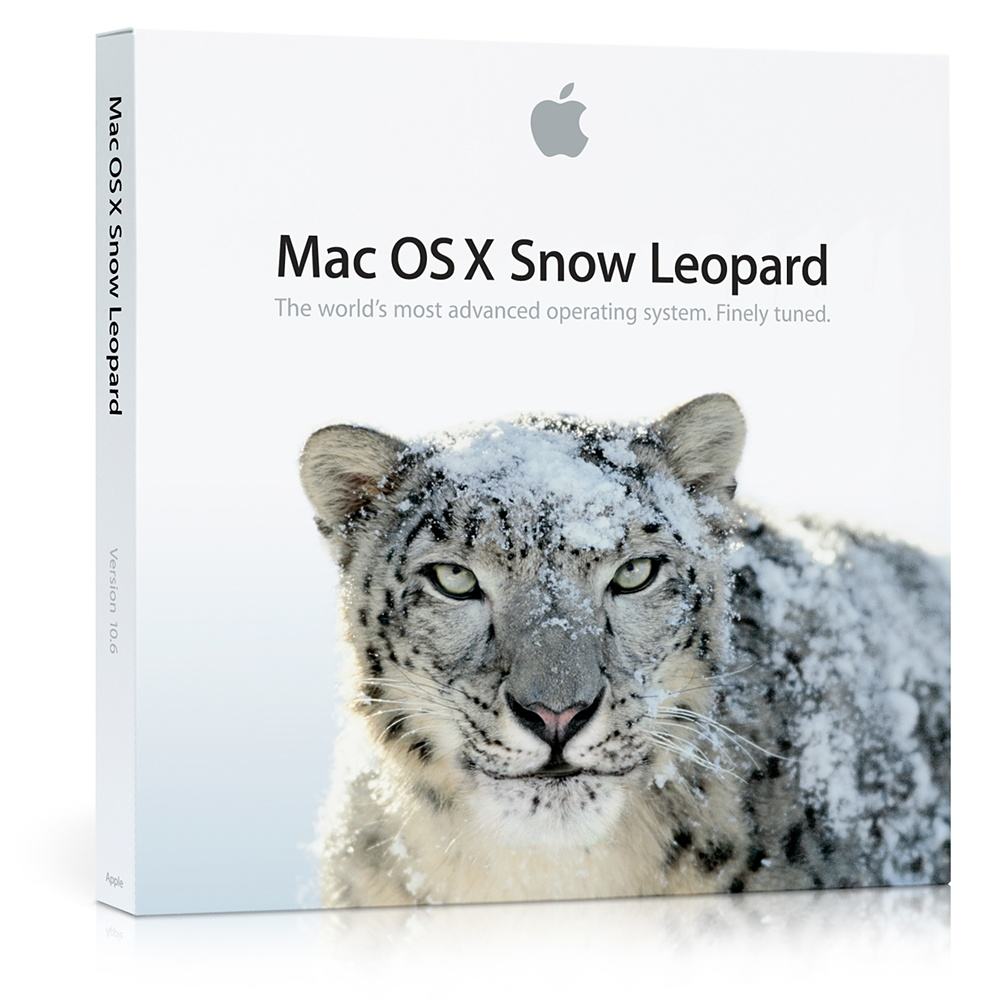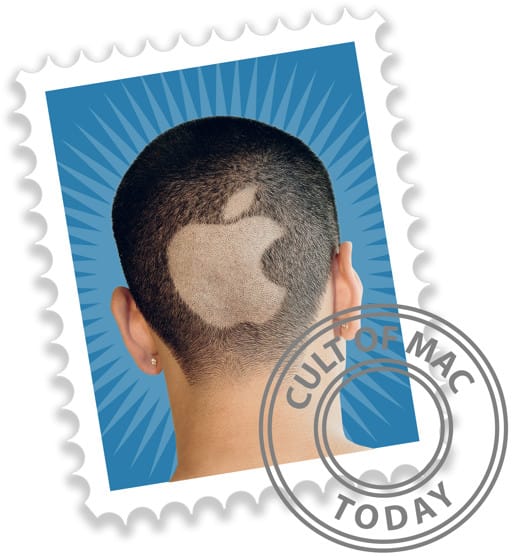 June 8, 2009: Apple introduces OS X Snow Leopard, a version of its Mac operating system that ranks among the company’s finest desktop updates.
June 8, 2009: Apple introduces OS X Snow Leopard, a version of its Mac operating system that ranks among the company’s finest desktop updates.
Showcased at Apple’s Worldwide Developers Conference in San Francisco, Snow Leopard doesn’t seem as flashy as some other Mac operating system upgrades. In fact, Apple famously includes a slide in its WWDC presentation touting “0 new features.” However, OS X Snow Leopard more than delivers on Apple’s core values, paving a path to a bright future for the Mac.
Mac OS X Snow Leopard optimizes features
On paper, the upgrade wasn’t a massive shift from its predecessor, Mac OS X Leopard. A bit like 2018’s macOS Mojave, it did not add a plethora of new features and sexy gimmicks. Instead, it stuck to the basics, optimizing what was already there in terms of features and performance. Oh, and it did this while taking up 6GB less storage space than its immediate predecessor.
“We’ve built on the success of Leopard and created an even better experience for our users from installation to shutdown,” said Bertrand Serlet, Apple’s senior vice president of software engineering, in a press release. “Apple engineers have made hundreds of improvements so with Snow Leopard your system is going to feel faster, more responsive and even more reliable than before.”
Given that OS X Leopard overreached in some senses, OS X Snow Leopard restored Apple’s reputation for quality products that “just work.” It’s no surprise that it hung around for a long time. (That’s possibly also due to it being the last version of OS X that ran on early Intel Macs.)
Mac updates get cheaper
The 2009 upgrade changed the game in another way, too. Previous versions of the Mac operating system cost $129, but Snow Leopard only set buyers back the comparatively paltry sum of $29. The price cut prefigured Apple’s decision to do away with many software charges altogether a few years later. 2013’s OS X Mavericks may have been the first free desktop operating system from Apple, but Snow Leopard led the way.
Ultimately, Mac OS X Snow Leopard became a very important update for Mac users. It focused on getting things right, correcting previous mistakes, and paying attention to under-the-hood improvements rather than user-facing ones.
You can watch Craig Federighi, VP of Mac OS engineering at the time, run through the software’s refinements in the video below from WWDC 2009:
Did you run Mac OS X Snow Leopard?
Do you have fond memories of using this operating system on your Mac? What is your favorite macOS update over the years? Leave your comments below.



13 responses to “Today in Apple history: OS X Snow Leopard roars for the first time”
Snow leopard was the first Mac OS I ever used.
I began using OS X on an iMac DV400 back in 2001. It seemed that all Apple was doing was turning on more and more features and complexity because it became to much for my iMac. Years later I am using an iBook (white plastic variety) and Snow Leopard comes along, I load it in after it shows up in the mail, and the computer gods smiled. I smiled . . . for years. When that computer was five years old, I finally upgraded to my current MacBook Pro 13-inch, mid-2012 model. Even thought about going backwards to 10.6. Notice I skipped all the way to 10.10 because that’s how much of a joy Snow Leopard was. I still with Apple would FTFF and make it more like a Mac and less Unixy.
Nice outline. However, you say ” I still wish Apple would FTFF and make it more like a Mac and less Unixy”. What is FTFF and why “more Mac less Unix”? MacOS wouldn’t be the same without UNIX.
MacBookAir I’m now using was originally with Snow leopard. I also loved the package photo of the feline looking straight in the eye.
Yes, I love Snow Leopard with a vengeance! Still have it running on my laptop. On my iMac I’m on Mavericks as I’ve got used to a couple of things, like the amalgamation of Spaces and Exposé, but I’m not a fan at all of the new GUI that came in the next version so I’m parked up here until further notice.
Snow Leopard was so-so at the beginning, but achieved its legendary status after it was improved through updates. The problem with OS X updates today is that they seem to be just as likely to break something as to fix it.
The last version of Mac OS X distributed on disc, the last version without iCloud, and the first version (when updated) to support the Mac App Store. It’s the last version of what one might call “classic” Mac OS X before iOS, because of the iPad, began to really influence OS X. Since Apple stopped distributing newer versions of OS X on thumb drives, anyone still on 10.4 or 10.5 who wants to use 10.7 or newer on that Mac needs a Snow Leopard disc.
I have many old Intel Macs (Mac Pro 1,1, Macbooks, Mac Minis) that max out with Snow Leopard. A couple of them have been running 24/7 for years as servers. I think this is my favorite version of OS X, but only because I’ve been using it so long.
I still use Snow Leopard on my MacBook. Even knowing I could run El Capitan on it, I prefer SL over Yosemite/El Capitan because of the stability of the OS. I know that its not supported anymore but I can run Chrome and Firefox both up to date and that’s all I need.
I still use it on all three of my Macs! I see no reason to ‘upgrade’, and lots of reasons not to.
I still miss the Snow Leopard on my Mac Book Pro. Upgrading to Lion was one of the biggest mistake I have ever made with my Mac.
Still my OS on my laptop (Macbook Core2duo – 2.4 from 2008), used for music and audio programing (maxmsp) and live music playing. A really robust and stable OS. For me, better than everything apple released after, with no animation tricks, that load the graphics processor, avoiding the OS/processor/configuration race, that apple is trying to impose on everyones wallet. I use on my home a iMac for graphics with Mavericks – 10.9, the difference is quite substancial, a slower machine due to the OS, lots of animation and heavy processor tricks for tracking all your moves on the system, not letting you have a smooth workflow. The Snow Leopard is a mature and robust OS, a working enviroment OS.
I use it daily still, along with El Cap and Leopard!